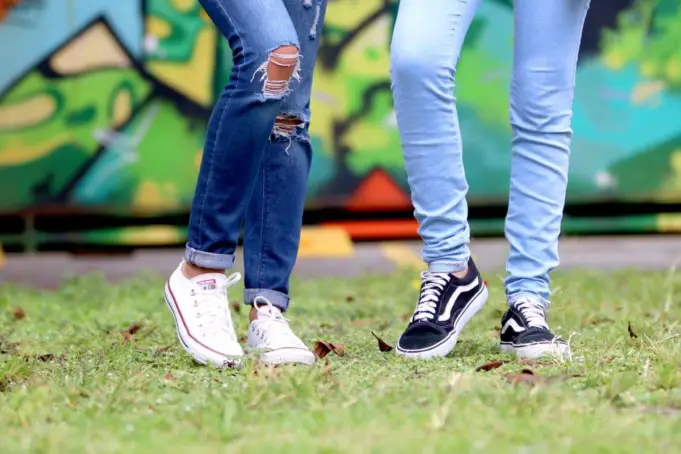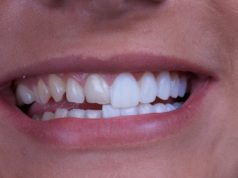Looking for the right shoes? If the answer is a big yes, read on. This article is going to help you choose the right shoes as it will give you tips on how to go about it.
Here are tips for finding the right shoes:
1. Ensure the Shoes You Buy Properly Fit Your Foot
Look for shoes that conform to the shape of your feet. Make sure the shoes you buy fit your foot perfectly in terms of both length and width.
Also, ensure that the shoes provide enough space for your toes to move around them. This is because toes move up to 0.5 centimetres when walking. The shoes should firmly support your heels.
In fact, having firmly supported heels is among the most important factors to ensure that a shoe properly fits your foot. Many people make the mistake of buying ill-fitting shoes.
Studies conducted by the German Shoe Institute (part of the Association of German Shoe Manufacturers, which we are a member) about 80% of Germans buy ill-fitting shoes.
Women are more likely to buy shoes that are too small while men tend to buy shoes that are too big. Avoid this mistake by ensuring that the shoes you choose fit properly.
2. Have High Expectations
Shoes need to be made of soft leather if possible and provide your feet enough room in the following dimensions: length, width and height. Avoid those shoes that rub your feet and don’t fall for the classic lines “they will widen over time” or “they will wear in”.
The shoes you buy have to fit perfectly. Avoid buying ill-fitting shoes. You owe it to your feet! Gravity Defyer will exceed your high expectations. Shop now.
3. Don’t Rush Your Shoe Selection Process
It is important to take your time when looking for the right shoes to buy as this will help you make an informed decision. Check the inside of the shoes you want to buy for any uncomfortable seams or bulges or hardened areas.
Keep in mind that most of the shoe manufacturers save money by not fully lining their shoes i.e. the lining ends at the area that isn’t visible and bulges, seams and edges are exposed.
4. Ensure That the Shoe You Buy Has a Flexible Sole
Apart from the size and the width of a shoe, the softness of the leather and the flexibility of the sole should be considered when looking for the right shoe.
Flexibility refers to the ability to bend. Many people mix up the flexibility of the shoe sole and the softness of the inner padding.
That is why you need to do the ‘bending’ test which entails bending the shoe (bending the toe and heel area towards each other) and seeing the form the sole takes. A shoe that takes a V form usually has exemplary flexibility.
5. Buy Shoes that Are as Anatomically and Orthopedically Flat as Possible
Remember that your foot’s roll-through movement can only occur as naturally as possible when you wear flat shoes. This is because there is proper weight distribution at the arch of your foot and the metatarsal bones.
Wear high heels in moderation and only as long as movement and foot exercises strengthen your foot muscles meaning that your feet can withstand the strain associated with high heels. It is very important to strike a balance between high heels and every day, comfortable shoe footwear.
6. Try on Both Shoes
Trying on both shoes is important because your feet are not the same length and width. A right-handed person has a dominant right foot which is bigger than the left foot.
A left-handed person, on the other hand, has a dominant left foot which is bigger than the right foot. Also, remember that the shoe size can change with age.
As such, it is good to be open-minded when looking for the right shoes. If a certain shoe fits, it doesn’t matter whether it is a size wider or larger than the previous pair.
Shoes made by different manufacturers have different sizes. What is important is how shoes feel on your foot.












